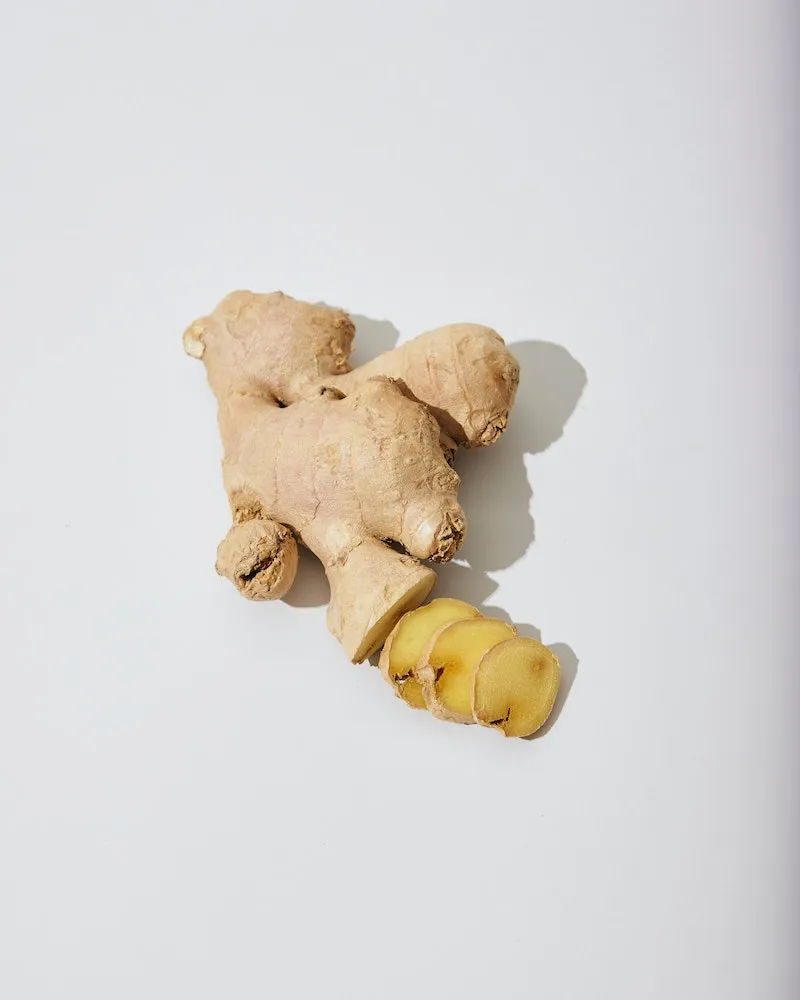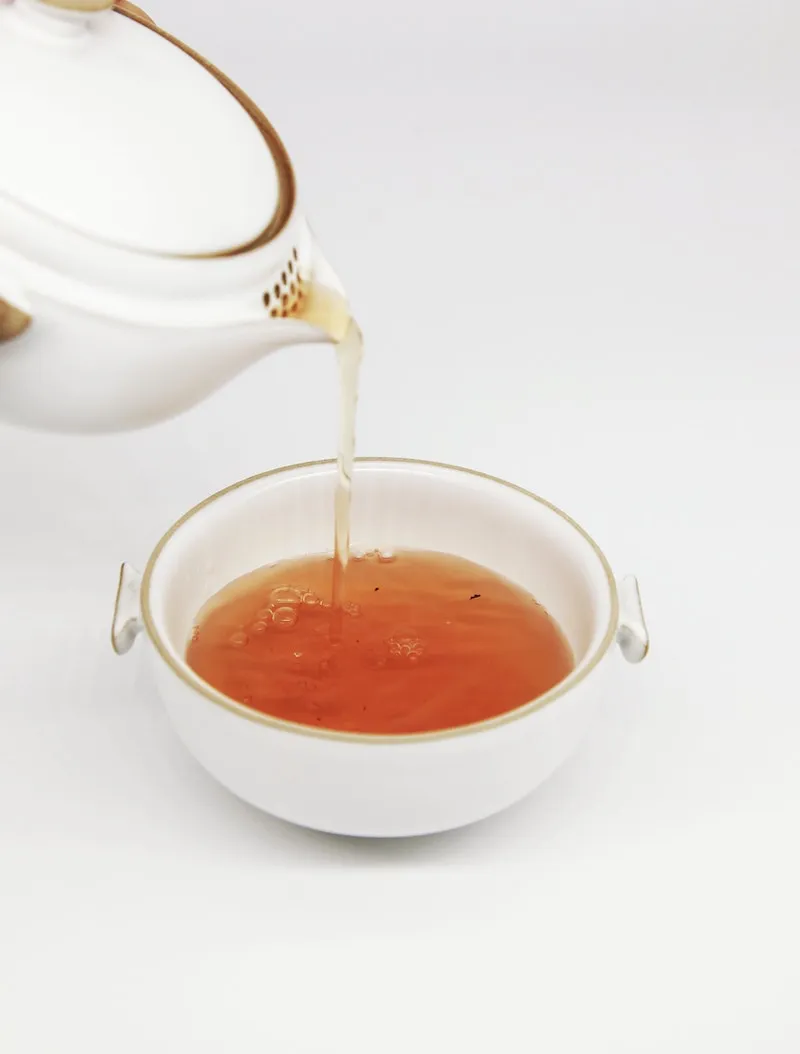How to Actually Handle Nausea: A Pro’s Guide to Feeling Better Fast
Look, I’ve spent a couple of decades as a clinical nutritionist and herbalist, and if there’s one thing I’ve learned, it’s that nausea is your body’s emergency broadcast system. It’s not a disease; it’s a symptom—a loud, uncomfortable signal that something is out of whack. It could be that bumpy car ride, the first few weeks of pregnancy, a new medication, or just something you ate that didn’t agree with you. My job is to help people decode that signal and respond effectively. Just a heads up, I’m not a medical doctor, so this advice isn’t a substitute for a real diagnosis. Instead, this is the practical, in-the-trenches knowledge I’ve gathered from seeing what truly helps settle an angry system.
In this article
We’re not going to talk about magic pills here. We’re going to get into the real mechanics of what’s going on and cover the foundational techniques that work. The goal is to give you a reliable toolkit for those mild-to-moderate bouts of queasiness and the wisdom to know when it’s time to call in the professionals.

Why You’re Feeling Awful (The Science, but Simpler)
Before you can fix it, it helps to know what’s happening. Nausea isn’t just in your stomach; it’s a whole production orchestrated by your brain. There’s a special spot in your brainstem that acts like a security checkpoint, and because it’s not protected by the usual filters, it can directly sense troublemakers in your bloodstream.
A few things can set off this alarm:
- Your Gut-Brain Connection: If your stomach is irritated by bad food or a virus, it sends SOS signals straight to your brain. Fun fact: your gut produces a huge amount of your body’s serotonin. When it’s upset, it floods the system, which is a major trigger for that queasy feeling.
- Your Inner Ear Balance System: Ever get sick on a winding road or a rocky boat? That’s your eyes and your inner ear telling your brain two different stories. The brain gets confused by the conflicting reports and hits the panic button. Hello, motion sickness.
- Chemical Triggers: That brain checkpoint I mentioned is super sensitive to certain things. This is why some medications, chemo treatments, and even the hormonal shifts in early pregnancy can be powerful nausea triggers.
Knowing the likely cause helps you pick the right tool for the job. You wouldn’t treat motion sickness the same way you’d treat indigestion, right?

Your First-Aid Food Plan
When you feel sick, food is probably the last thing on your mind. But an empty stomach can actually make it worse by letting stomach acid build up. The trick is to choose the right foods.
Plain, bland carbs are the classic go-to for a reason. Things like saltine crackers, dry toast, or plain rice cakes are brilliant because they act like little sponges, soaking up that excess stomach acid. They also give you a tiny bit of energy to stabilize your blood sugar. My advice? Go slow. Nibble on one or two crackers over 15 minutes. Don’t force it.
By the way, you’ve probably heard of the BRAT diet (bananas, rice, applesauce, toast). It’s popular for a reason—all those foods are gentle and easy to digest. It’s a great starting point, but it’s mostly carbs. For longer-lasting stability, especially if your nausea comes in waves, you’ll want to introduce a little protein.

This might sound crazy, but small bits of protein can actually help your stomach empty in a timely manner, which prevents that awful feeling of food just sitting there. This isn’t for when you’re in the throes of it, but for the calm periods in between. Think a small hard-boiled egg, a handful of plain almonds (about 10-12), or a piece of baked chicken about the size of your palm. Listen to your body, though. If the thought of it makes you feel worse, just stick with the crackers.
Heads up! A few common mistakes that make nausea worse:
- Gulping water instead of taking small, frequent sips.
- Lying down completely flat right after eating. Try propping yourself up with pillows.
- Waiting until you’re starving to eat. This can cause a blood sugar crash and make queasiness even more intense.
My Go-To Herbal Helpers
As an herbalist, I have a few trusted allies that are backed by a surprising amount of modern research. Quality is everything here, so don’t just grab the cheapest thing on the shelf.

Ginger: The Gold Standard
If I could only pick one herb for nausea, it would be ginger. It’s a powerhouse, especially for motion sickness and morning sickness. It works by blocking certain signals from your gut to your brain and helping your stomach move things along more efficiently.
How to use it:
- Fresh Ginger Tea: This is my favorite method. Slice a one-inch piece of fresh ginger (no need to peel if it’s organic) into thin coins. Put them in a mug, pour boiling water over top, and cover it for 10-15 minutes. Covering it is key—it keeps all the good stuff from escaping with the steam.
- Ginger Capsules: Don’t like the taste? Capsules are great. Look for a standardized product at a health food store or online. A good one will cost you between $10 and $20 for a bottle. A common dose is around 250 mg, but always start low.
- Ginger Chews: Perfect for travel. Just be mindful of the sugar content.
A quick warning: Ginger is very safe, but in high doses, it can cause heartburn and has a mild blood-thinning effect. If you’re on blood thinners like warfarin, chat with your doctor first.

Peppermint: The Stomach Spasm Soother
Peppermint is my second choice, especially when nausea is tied to indigestion or cramping. The menthol in it helps relax the muscles in your gut, easing the spasms that can make you feel sick.
How to use it:
- Peppermint Tea: A simple cup of peppermint tea can be wonderfully soothing. The aroma itself is part of the therapy.
- Essential Oil Inhalation: Just smelling peppermint oil can bring quick relief. We’ll get to that in a second.
An important note: Peppermint can relax the valve between your stomach and esophagus. If you’re prone to acid reflux or GERD, this can sometimes make heartburn worse. If you feel a burn with your nausea, stick with ginger. And I tell every client this: NEVER swallow peppermint essential oil. It’s way too concentrated and can be toxic.
Ginger vs. Peppermint: Which One to Choose?
So, how do you decide between the two heavy-hitters? It’s actually pretty simple. Think of it this way:

- Reach for Ginger if… your nausea is from motion sickness, morning sickness, or that deep, systemic queasiness that seems to come from nowhere. It works on a deeper, brain-signaling level.
- Reach for Peppermint if… your nausea feels like it’s coming directly from your stomach. If it’s accompanied by bloating, gas, or a feeling of indigestion, peppermint’s muscle-relaxing properties are what you need.
Mind Over Nausea: Tricks That Can Work Instantly
Sometimes, anxiety can kick nausea into overdrive. In those cases, you need to calm your nervous system directly. These two techniques are my secret weapons.
Acupressure on the P6 Point
This is a trick from Traditional Chinese Medicine that is so effective, it’s even used in hospitals. There’s a nerve in your forearm that, when you press it, sends a calming signal to your brain that can interrupt the nausea signal.
How to find it: Hold your hand out, palm up. Place the first three fingers of your other hand across your wrist, with your ring finger on the wrist crease. The spot is right below your index finger, between the two main tendons. You’ll feel a slight depression there. That’s P6.

For continuous relief, you can buy acupressure wristbands at any pharmacy or online. They have a little plastic stud that applies constant pressure. They usually cost between $8 and $15 and are a lifesaver for a lot of my clients, especially pregnant ones.
Controlled Breathing
This is the most powerful free tool you own. When you’re nauseous, you tend to take shallow, stressed breaths, which just makes everything worse. Deep, controlled breathing flips the switch to your body’s ‘rest-and-digest’ mode.
Try This With Me Right Now: Seriously. Find that P6 point on your wrist and apply firm pressure with your thumb. Now, close your eyes. Breathe in slowly through your nose for four counts, letting your belly expand like a balloon. Hold for a second. Then, exhale slowly through your mouth for six counts. Repeat five times. Feel that? A little bit of calm in the chaos.
Your Nausea First-Aid Kit
Let’s put together a quick ‘nausea emergency kit’ so you’re always prepared. It’s surprisingly affordable. On your next grocery run, grab some basic saltine crackers (about $3) and a fresh ginger root (usually under $2). While you’re at the pharmacy picking up other things, look for those acupressure wristbands ($8-$15). If you want to keep potent options on hand, good quality ginger capsules ($10-$20) and a small bottle of 100% pure lemon or peppermint essential oil ($8-$15) from a reputable health store or online brand are fantastic additions.

Aromatherapy: Using Scent for Fast Relief
Your sense of smell is wired directly to the emotional part of your brain, which is why scents can be so powerful. Research has shown that inhaling the scent of lemon or peppermint essential oil can significantly reduce nausea.
Here’s the right way to do it: Put one or two drops of a pure essential oil (lemon is great for pregnancy nausea, peppermint for indigestion) on a tissue or cotton ball. Hold it a few inches from your nose and inhale slowly. That’s it. Never put the oil directly on your skin undiluted, and please, please, do not swallow it.
The Red Flags: When to Call a Doctor, Seriously
My job is to support health, but a huge part of that is knowing the limits. These remedies are for common, uncomplicated nausea. You need to seek immediate medical help if your nausea is paired with any of these:

- A severe headache, stiff neck, or confusion
- Signs of dehydration (dark urine, dizziness, extreme weakness)
- Vomiting blood or what looks like coffee grounds
- Severe abdominal pain
- Nausea that lasts more than a couple of days without a clear cause
Your body is smart. Nausea is just its way of talking to you. By learning to listen and respond with these gentle, effective tools, you can handle these episodes with a lot more confidence and get back to feeling like yourself again.
Inspirational Gallery with Photos
What about the classic BRAT diet?
While bananas, rice, applesauce, and toast are famously gentle, they lack protein and key nutrients. Think of BRAT as a very short-term crutch for the first few hours. Once you can tolerate it, try adding a small amount of lean protein like plain poached chicken or a spoonful of almond butter to your toast. This helps stabilize blood sugar, which is often a hidden culprit behind lingering queasiness.
A meta-analysis published in the British Journal of Anaesthesia found that stimulating the P6 acupressure point was effective in preventing postoperative nausea.
You can find this point yourself. It’s located on your inner forearm, about three finger-widths down from your wrist crease, right between the two large tendons. Apply firm, steady pressure with your thumb for 2-3 minutes. Repeat on the other wrist. It’s a drug-free technique you can use anywhere.
A crucial hydration tip: Sip, don’t chug. When you feel sick, a large volume of water can stretch the stomach lining and trigger more nausea. Instead, take small, frequent sips of water, clear broth, or an electrolyte drink throughout the day. Keeping a bottle nearby and sipping every 10-15 minutes is far more effective than trying to down a full glass.
Peppermint is more than just a refreshing flavor; its active ingredient, menthol, has natural antispasmodic properties that can relax stomach muscles.
- As a Tea: A warm cup of peppermint tea, like those from Traditional Medicinals or Bigelow, can ease intestinal cramping that often accompanies nausea.
- As an Aroma: Simply inhaling the scent from a few drops of peppermint essential oil on a tissue can provide surprisingly quick relief, particularly for nausea linked to headaches or travel.
Don’t underestimate sensory input. When your body is on high alert, your senses are often heightened. A strong perfume, the flicker of a fluorescent light, or a loud TV can push you over the edge. Retreat to a quiet, dimly lit room if possible. This simple environmental change gives your overstimulated nervous system a much-needed break.
Fresh Ginger Tea: Steeping slices of fresh ginger root in hot water provides potent, active gingerols that directly soothe the digestive tract. It’s warming and ideal for nausea from indigestion.
Candied Ginger: Chewy and sweet, this is a great portable option for motion or morning sickness. The sugar provides quick energy. Look for brands like The Ginger People that use real ginger with minimal additives.
- Reduces the frequency of indigestion-related queasiness.
- Strengthens gut-brain axis communication.
- Helps maintain a healthy gut microbiome, your first line of defense.
The secret? Making peace with good bacteria. Incorporating probiotic-rich foods like plain kefir, unsweetened yogurt, or kimchi into your regular diet (when you’re not actively nauseous) can build a more resilient digestive system over time.
Motion sickness is a conflict between your senses. Your eyes say you’re sitting still in a car, but your inner ear’s fluid is sloshing around, telling your brain you’re moving. The brain gets confused and triggers the nausea alarm.
Sometimes, the best remedy is a gentle distraction. Focusing intently on the sensation of nausea can amplify it. Try listening to a calming podcast, an audiobook, or even doing a simple word puzzle. The goal isn’t to ignore your body, but to give your brain a different, more pleasant task to manage.
For on-the-go relief, especially from motion or anxiety-induced nausea, acupressure bands are a lifesaver for many. Products like the popular Sea-Band are worn on the wrists and apply continuous pressure to the P6 point, disrupting the nausea signals sent to the brain without any medication or side effects.










